Beginners set:
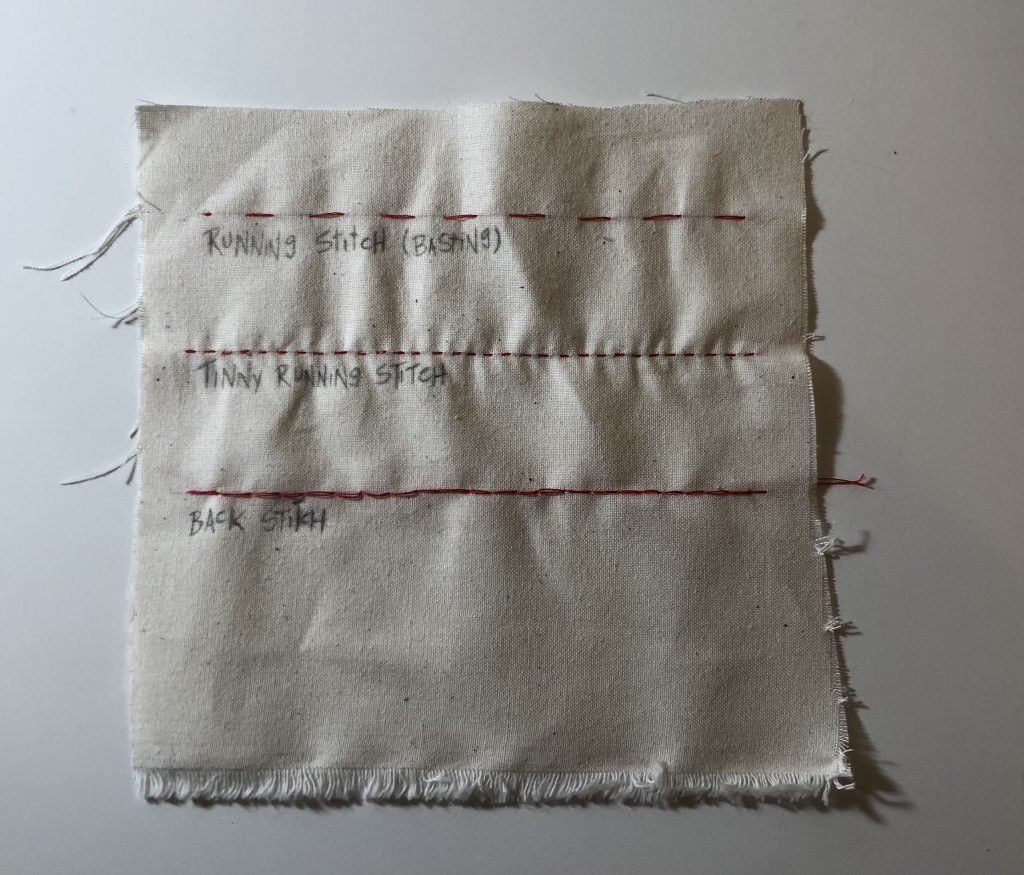

Beginners set:


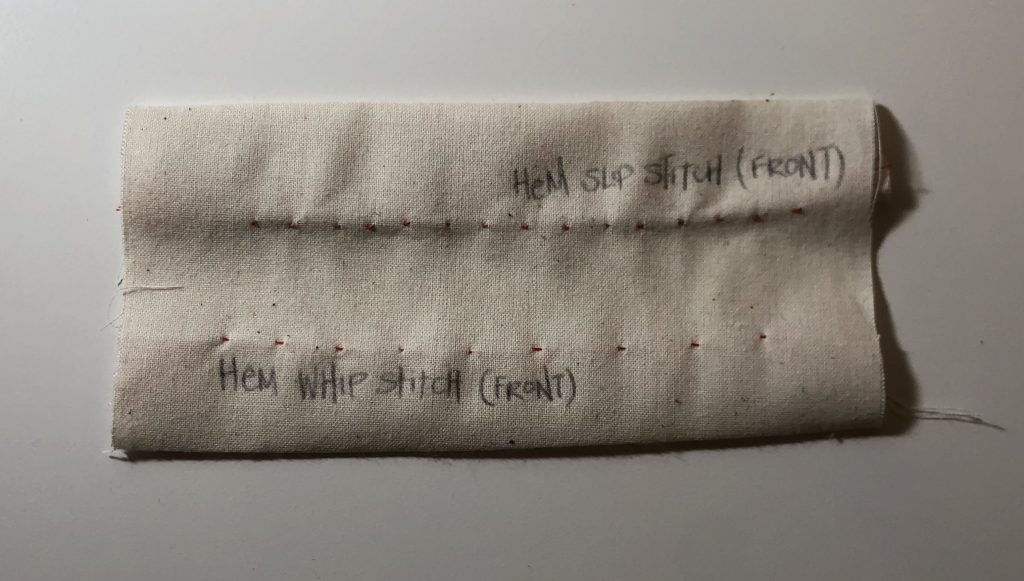
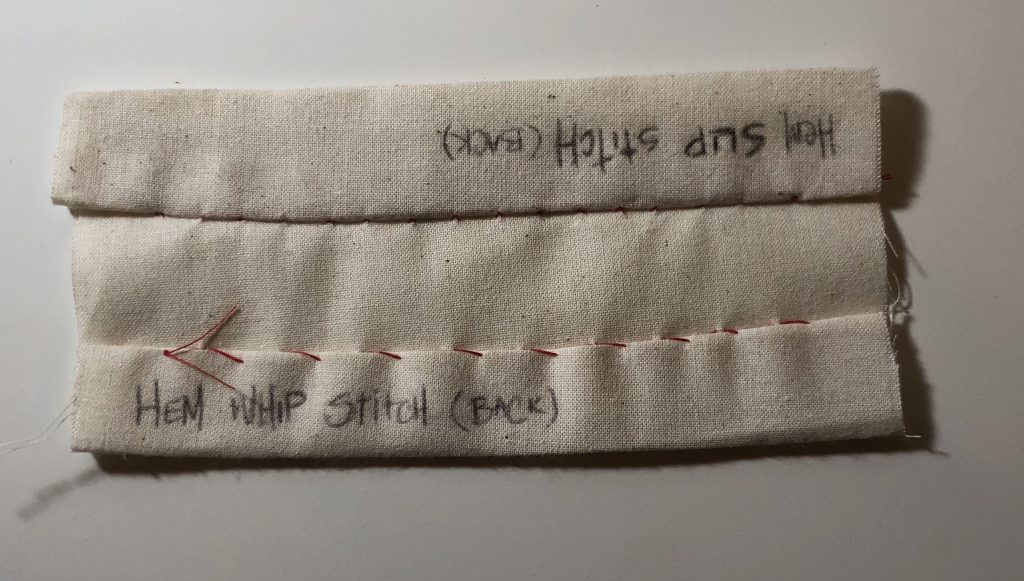
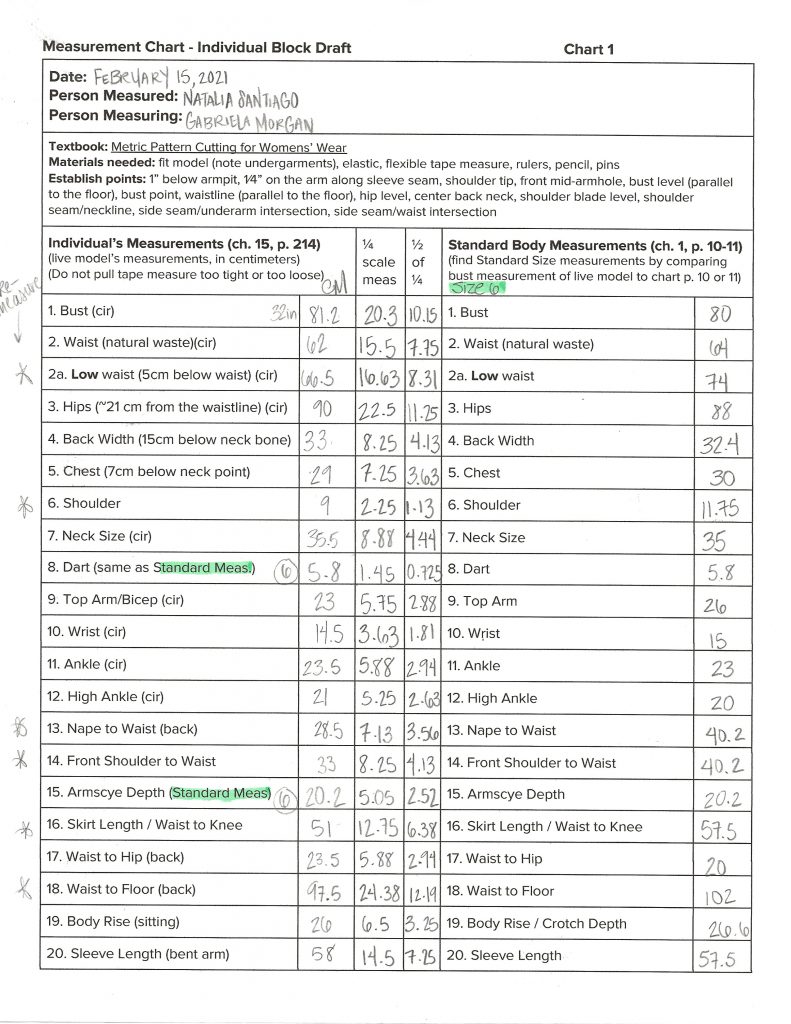

The article I chose to talk about is titled Dress and Dance in Puerto Rico, this article is found in the book Berg Encyclopedia of World Dress and Fashion under the chapter titled “Part 4: The Caribbean”. This section addresses the history and different influences behind typical Puerto Rican garments used in traditional dances and festivals. The article starts by looking at the Taínos and Spanish colonialism in the 1400s explaining how the Taínos’ short frontal slips (naguas) and denotative jewelry were switched for typical European garments when enslaved. This figure then evolved into the romanticized vision of el jibaro or the typical field working-man of the 1800’s who wore long sleeved-shirts and wide-brimmed hats with long pants to protect them from the heavy fieldwork. The article then moves on to explain how the clashing of the Spanish, Taíno, and African cultures produced different celebrations and music genres now typical to Puerto Rico. Each of these had its own characteristic garments such as la Bomba which requires a beaded petticoat (enagua). More modern music such as Rap and Reggaeton have more distinct styles rather than garments which entail baggy pants with white sneaker shoes and flashy jewelry. In regards to the festivals, the article talks about some typical festivities that occur around the island which include masked figures that resemble bats in their clothing and are supposed to ward off evil spirits (vejigantes).
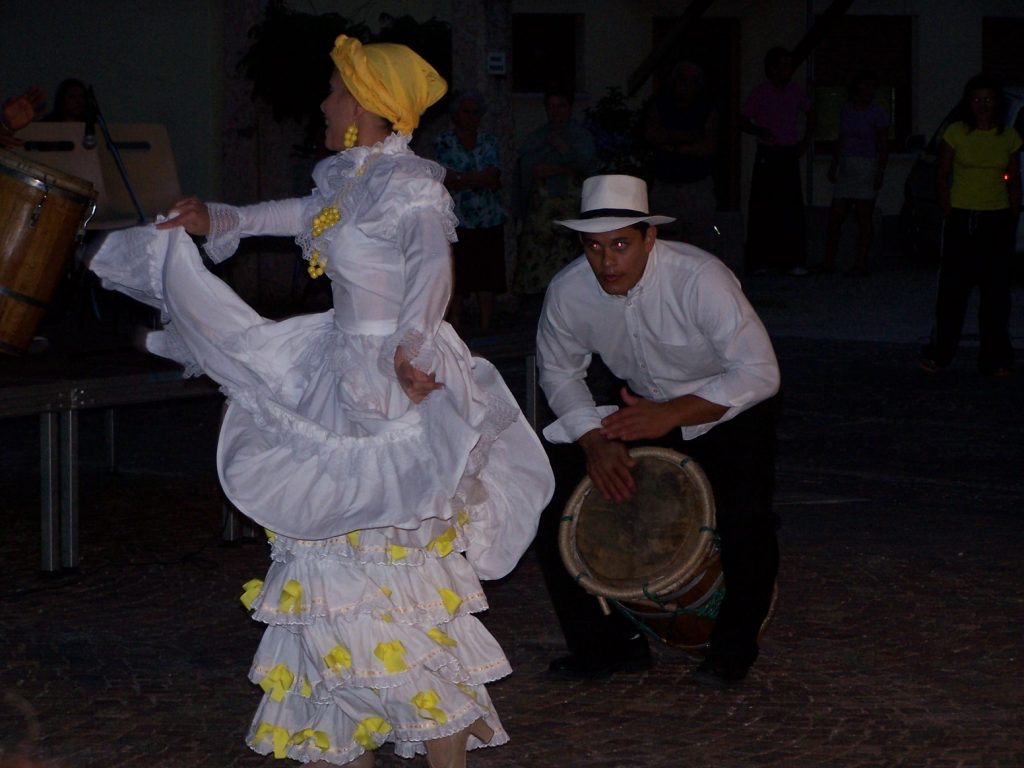
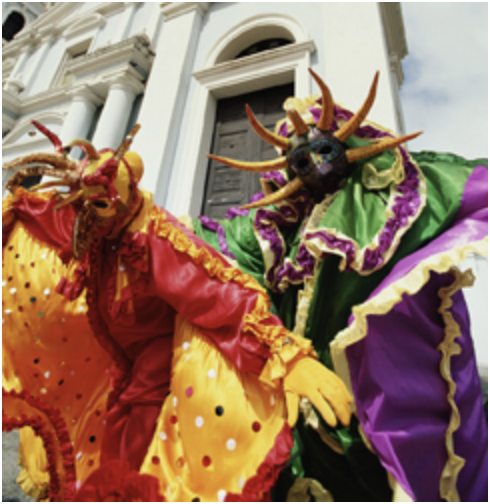

As the article was written in 2005 and it chooses to focus on more historical garments it was interesting to see the styles described in this article and compare them to the styles of today. Garments, such as those used for the Vejigantes in festivals and the traditional Bomba dances, are still being used today, as they are part of the traditions; however, styles such as those worn by reggeaton artist have evolved from the characteristic baggy pants and thick jewelry to more modern forms of street styles. This can mainly be seen in more modern and well-known reggeatoneros such as Bad Bunny and Lunay. It was very interesting to read this article and make the cultural connections of styles and dances from the past and seeing how they have influenced styles today. Seeing the evolution from style for functionality, such as the clothing work by jibaros, to style as a form of expression, such as the clothing worn by salseros and reggeatoneros was also really interesting.
Vázquez López, Raúl J. “Dress and Dance in Puerto Rico.” Berg Encyclopedia of World Dress and Fashion: Latin America and the Caribbean. Ed. Margot Blum Schevill. Oxford: Bloomsbury Academic, 2005. 270–276. Bloomsbury Fashion Central. Web. 05 Feb. 2021. <http://dx.doi.org.cmu.idm.oclc.org/10.2752/BEWDF/EDch2041>.

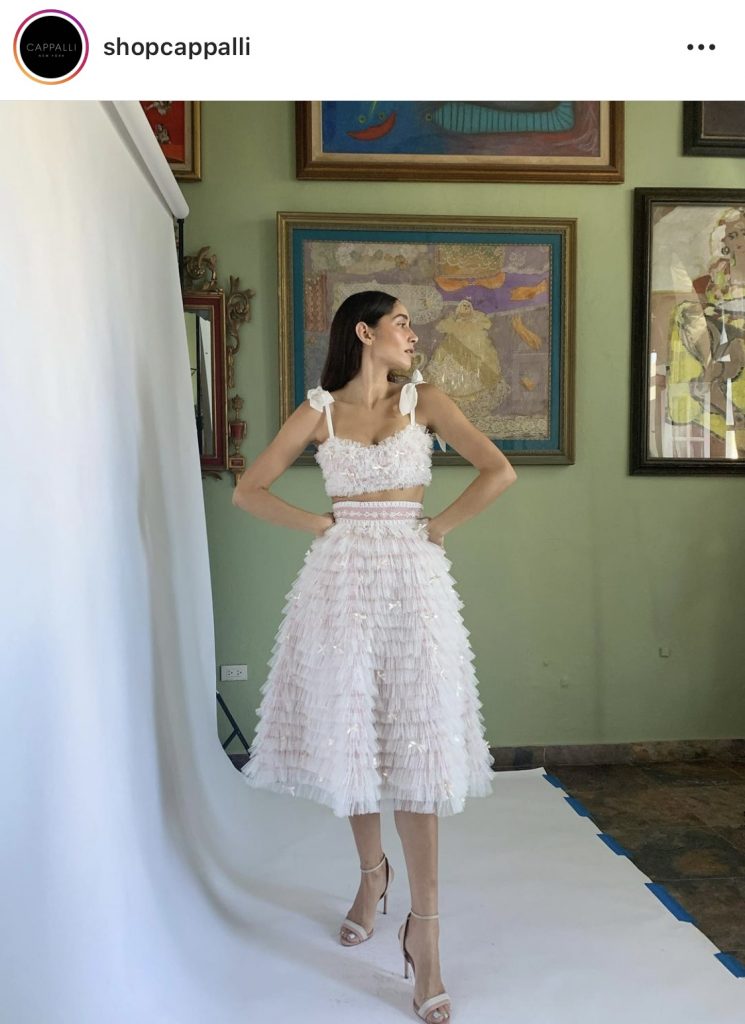
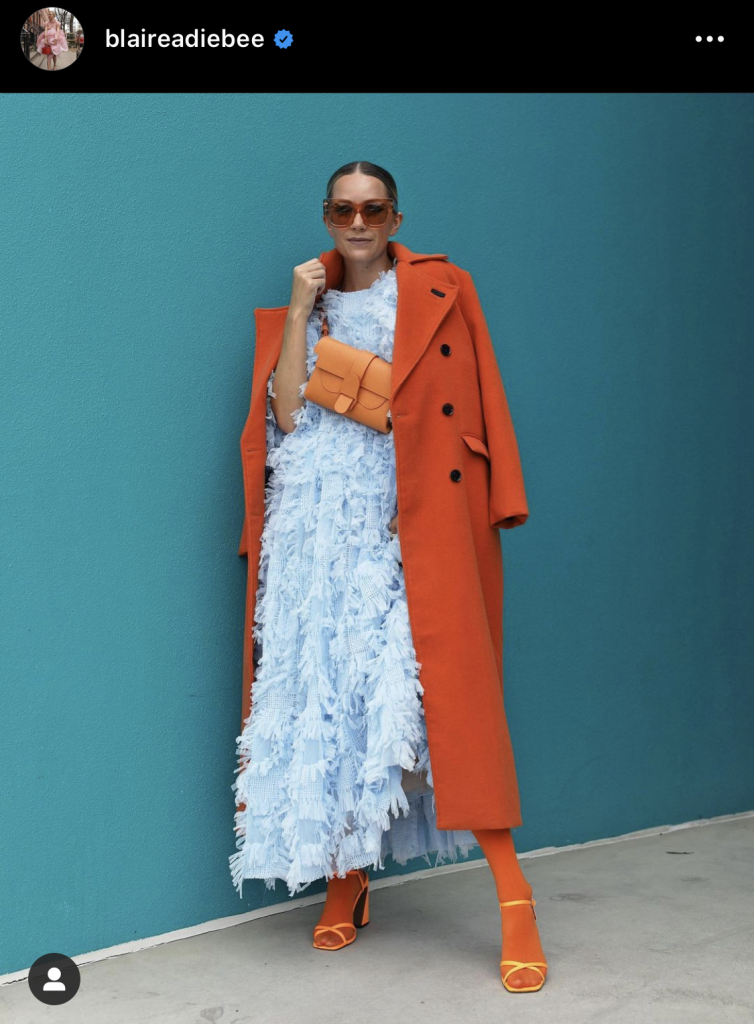
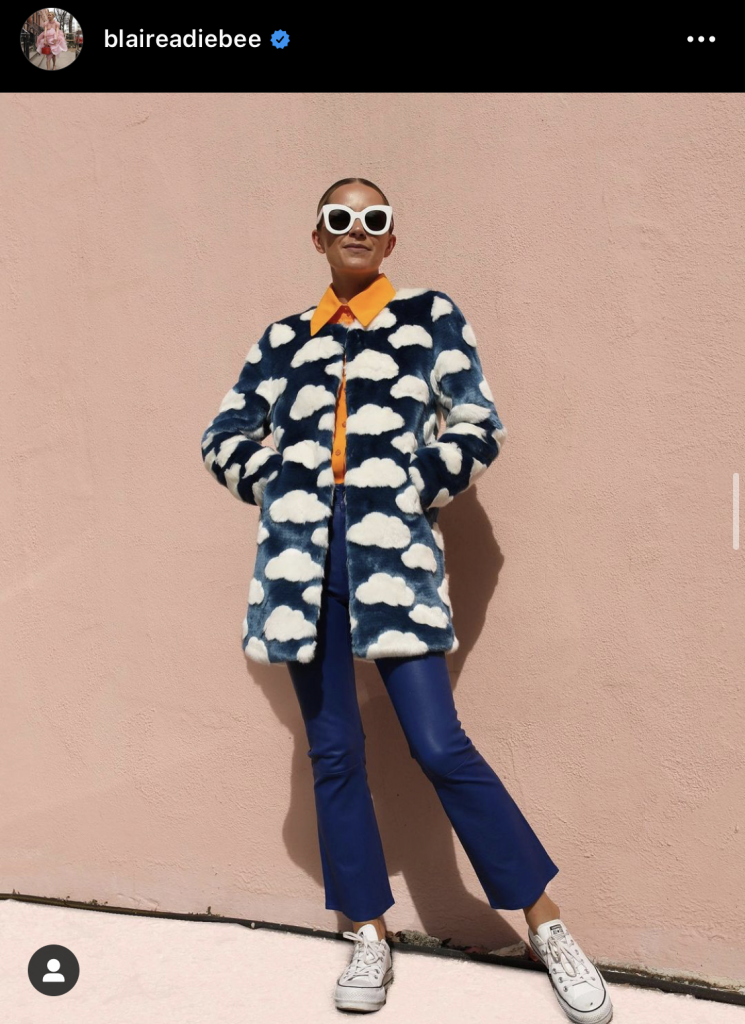
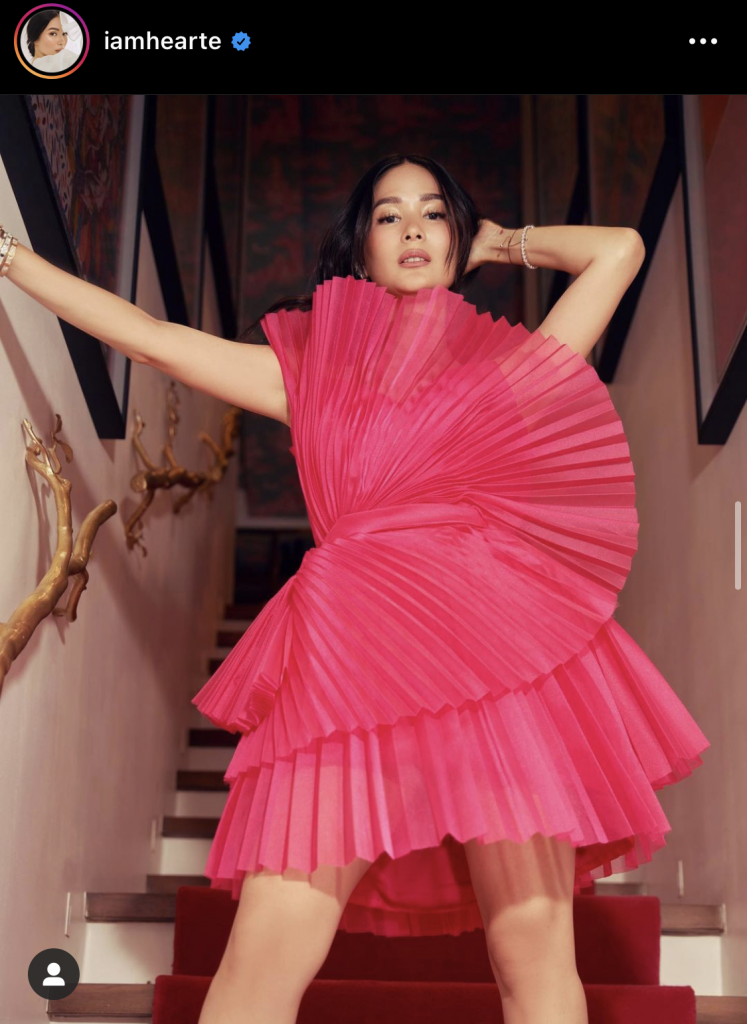
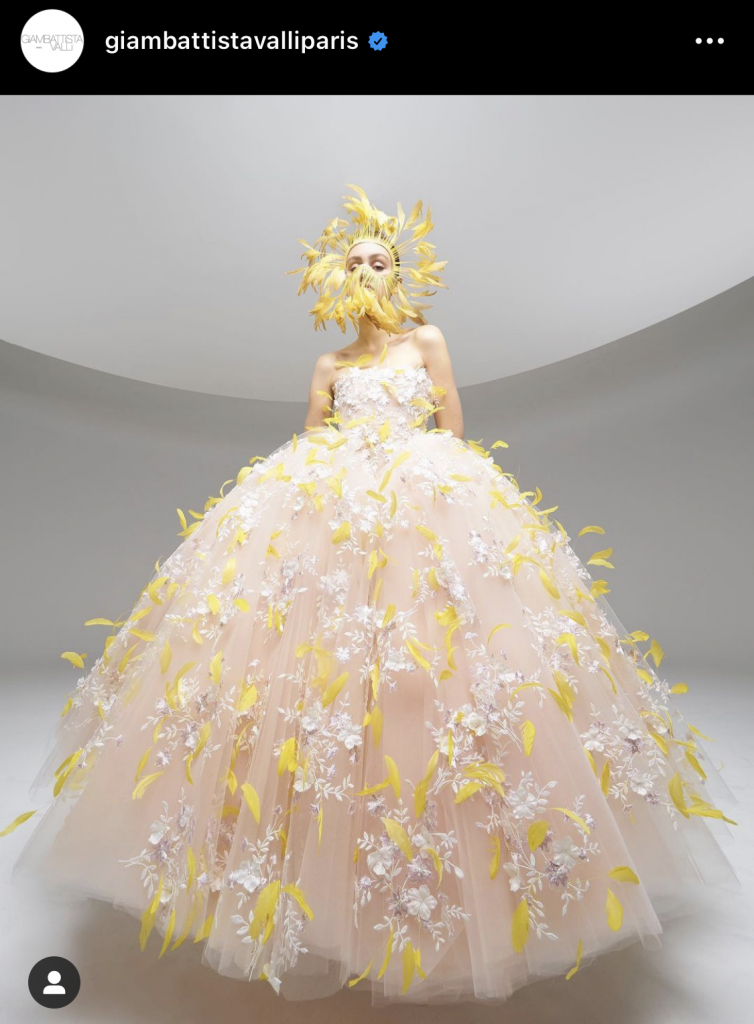

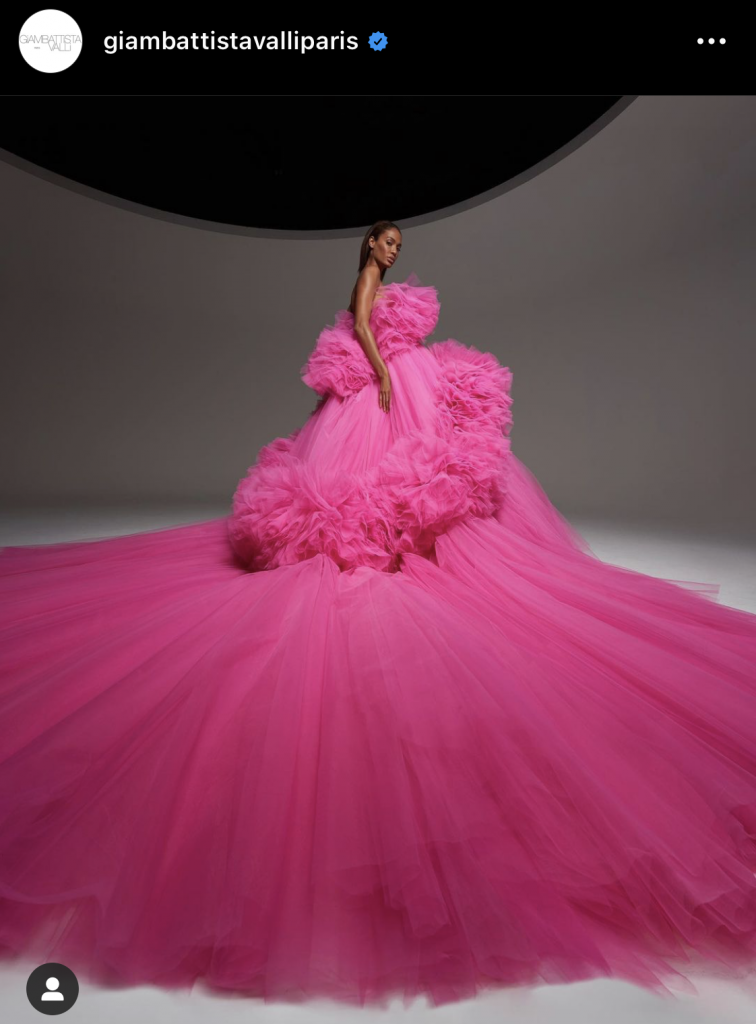
I have always loved the world of fashion; however, I have little experience with the creation of clothing. Typically I look up outfits to get inspiration when putting together clothes to wear, other times I will look at clothing pieces that draw my attention because of the their bright and playful compositions, such as the ones shown above.
The elements which draw my attention to the clothing images displayed above boil down to the bright colors, the playful textures and the beautiful composition of the fabrics. The first two articles of clothing drew my attention through the use of the different intricate fabrics, such as the lace and the ruffled tulle fabric, as well as the small details included in their design, such as the small bows in the second image and the fabric covered buttons, turtle neck and puffed sleeves in the first image. The next two images drew my attention through the use of clothing items with contrasting color combinations as well as the use of playful fabrics. The following two garments not only use bright colored fabrics, they also create beautiful compositions by fabricating different fabric patterns, such as the pleating and placement of fabric in the pink dress, and using various appliques ranging from feathers to small lace details. Such use of fabric really captures my attention as you are able to create such simple yet captivating pieces by giving a texture to a fabric or adding simple yet unusual details to a piece. Finally the last two dresses (as well as the previously mentioned yellow feathered one) are created by Giambattista Valli who one of my favorite designers. The vast amounts of tulle used in his dresses creates a flow in their design that truly captivates my attention. The dresses give off such a playful yet elegant aura that I really appreciate. His method of layering tulle is one I really admire.